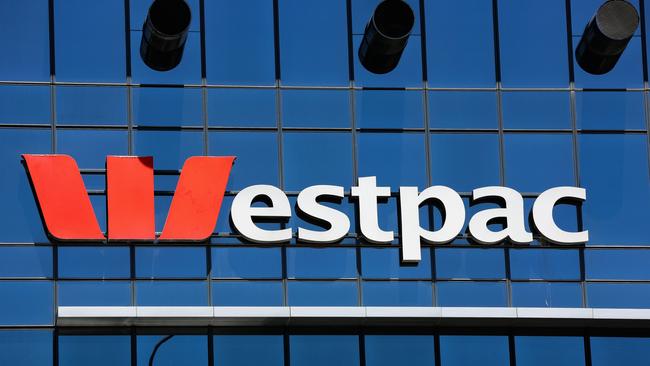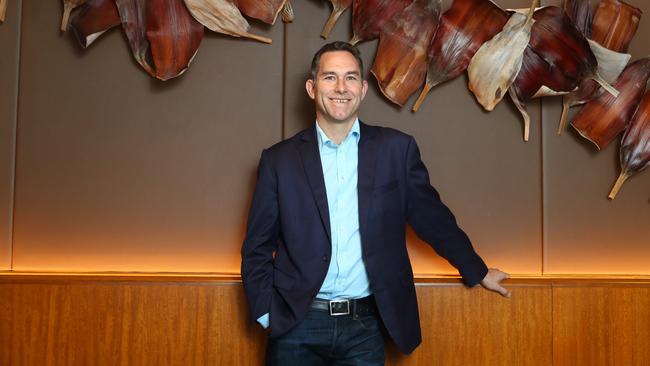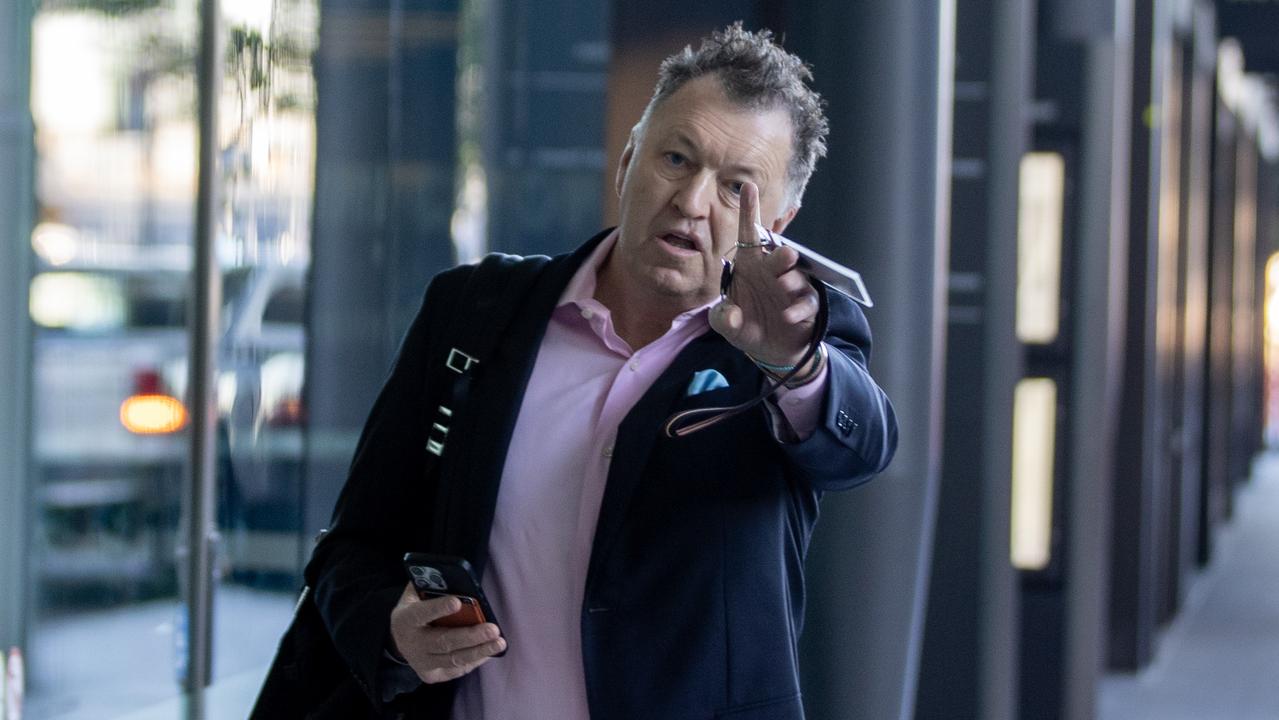
Westpac is seeking to tap into the $3.5 trillion superannuation sector’s insatiable hunger for scale and investments as it works to offload its superannuation business.
Industry super’s demand for direct investments was on full display this week as a number of players including HESTA emerged in the $20bn bid for Ramsay Health Care. Private equity behemoth KKR is spearheading the transaction.
This column understands Australian Retirement Trust – the merged QSuper and Sunsuper – remains in the Westpac divestment process for its super arm, as does Mercer Australia.
Fund giant AustralianSuper dropped away from the auction, which may lead to a sale or a successor funds transfer. Colonial First State – jointly owned by KKR and Commonwealth Bank – took a look but sidestepped the pointy part of the Westpac process.
Vanguard’s priority is working to secure its local super licence, so it may have taken a back seat in the Westpac divestment process.
Australian Retirement Trust manages more than $200bn, but has previously signalled ambitious growth plans to manage or administer $500bn in funds by the end of the decade.
Westpac’s super business manages $45.4bn. The bank is weighing a divestment structure that brings in new investment managers and trustees, then conducts a transfer of funds and members to a new owner.
Westpac wants to make a decision on the divestment and transfer of its superannuation unit by June 30 as it steps up its plan to rule off a failed foray into wealth management. The other major banks have embarked on a similar withdrawal from the sector, but CBA retains an interest via its 45 per cent stake in Colonial.

In an update ahead of its interim earnings being handed down on May 9, Westpac on Thursday outlined a number of notable items to be included in its results. Among them was writing down goodwill and capitalised software linked to the superannuation business of $154m “as part of preparations to exit” the unit. Westpac said the carrying value of the super division’s intangible assets was reviewed and was “no longer supportable”.
The writedown of goodwill represented the bulk of the $154m.
The bank booked a $119m gain on sale of its New Zealand life insurance unit, and a gain of the same amount on the divestment of its dealer finance and leasing business. There was a $25m charge from costs related to divestments, and a post-sale adjustment to earn-out payments associated with the sale of Westpac’s vendor finance arm.
The bank bumped up provisions for customer refunds, repayments, related costs and litigation penalties by $65m.
Netting out all the notable items, there is a minuscule $6m net reduction from Westpac’s first-half earnings after tax.
Westpac’s broad divestment spree is being led by executive Jason Yetton as it retreats to core businesses. Thursday’s update flagged the bank had decided to retain its share broking and margin lending arms, given demand.
Separately, Westpac took receipt of indicative bids for its investment platform business on Wednesday, as that $1bn-plus auction fired up.
Elsewhere in the superannuation sector, members of Lindfield Super have been notified their fund is being closed on May 6.
The fund was sub-scale and faced increased regulatory and administration costs.
Deal mania
The mammoth bid for Ramsay has excited the nation’s investment bankers, with the potential for another huge year of mergers and acquisitions. After a relatively subdued first quarter – following the swift rebuttal of the tilt for AGL – mega-deals are back on the agenda.
According to Refinitiv, announced Australian transactions amount to $US68.8bn ($92.4bn) so far this year. That reflects inbound, domestic and outbound deals and is up 80.4 per cent on the year-to-date tally on April 21 last year.
It’s the strongest start to a year for announced transactions since at least 2010, but it is completed deals that line the investment banks’ fee coffers.
Last year’s record annual announced deal haul came in at $US385.8bn, which will be difficult to beat, given the pent-up transactions from the 2020 Covid-19 hiatus.
Industry funds and other pools of private capital are becoming increasingly visible in M&A, often alongside private equity firms. Macquarie has drawn on the consortium model for about two decades as a way of reducing risk exposure and the size of the cheque it has to write for any one particular deal.
Piloting insurance
Resolution Life’s Sir Clive Cowdery says that after the next wave of consolidation in Australia’s life insurance sector, innovation and new products will come into focus.
Sir Clive, Resolution’s founder and executive chairman, believes areas such as aged care – where support and risks can be pooled together by insurers – may be one area where that occurs.
The insurance industry has “a real role to play” in the provision of pooled support in areas such as aged care, where costs can be prohibitive for average income earners, Cowdery adds.
While Resolution doesn’t manufacture or distribute products, it is considering how it may participate in new areas of life-related insurance. It is weighing up pilot programs to assess what products existing customers may want and need. It’s a proposition Resolution may pursue on its own or via a partnership. It’s more of a medium-term prospect but points to the evolving nature of some classes of insurance.





